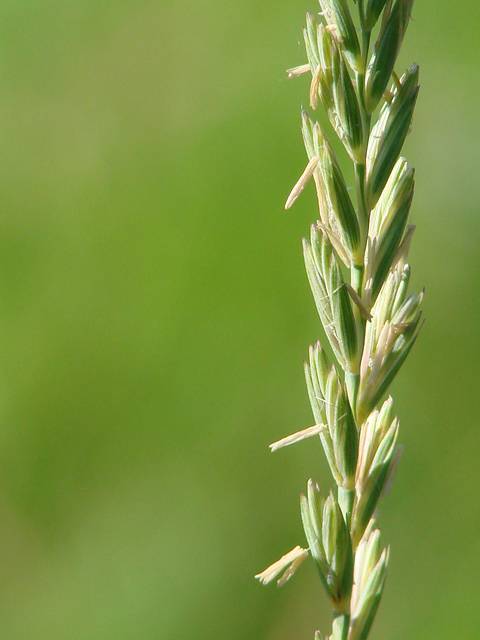Hosted by the University of Washington Herbarium, Burke Museum
Publication: Madroño 9: 127. 1947.
Origin: Introduced from Eurasia
Herbarium search: CPNWH
Notes: FNA24: "Elymus repens is native to Eurasia; it is now established through much of the Flora region, extending from Alaska to Greenland and south to California, Texas, and North Carolina. It grows well in disturbed sites, spreading rapidly via its long rhizomes, as well as by seed. It is also drought tolerant. Although it is listed a noxious weed in several states, it provides good forage. It differs from E. hoffmannii in having widely spaced, unequally prominent leaf veins and, usually, shorter awns.
Godley (1947) demonstrated that lemma awn development, glaucousness, and the pubescence of the rachises are each effectively controlled by single genes. Long-awned plants are homozygous recessive, and awn-tipped plants homozygous dominant; glaucousness is dominant over non-glaucousness, and glabrous rachises over pubescent rachises. Awned plants appear to be established along the coasts of Newfoundland and Nova Scotia. They have generally been identified as Agropyron pungens (Pers.) Roem. & Schult., a species that has obtuse, mucronate lemmas.
Elymus repens is almost always a hexaploid. Most studies indicate that its genomic constitution is StStH, but Mason-Gamer (2001) demonstrated that it is genetically more complex than is implied by such a simple formula."
Last updated 12/5/2023 by David Giblin.

